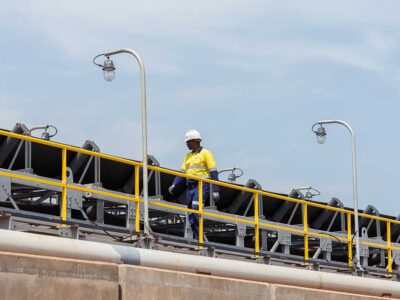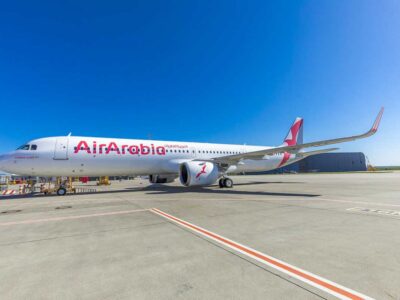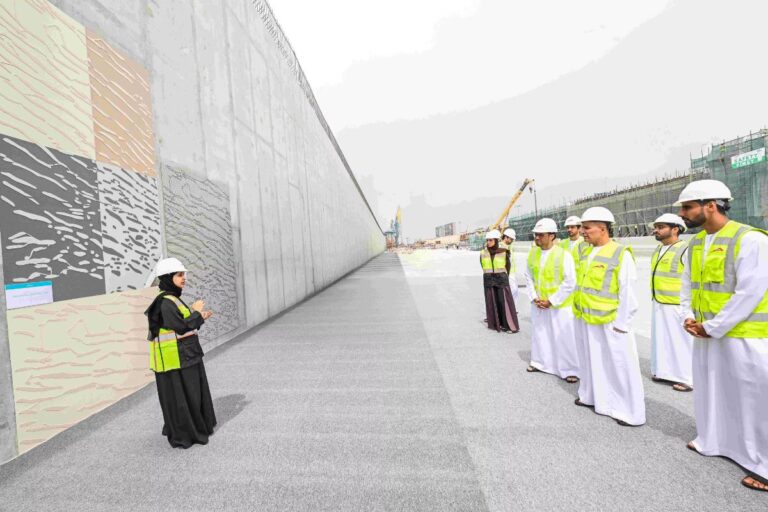Dubai’s Roads and Transport Authority (RTA) has completed 70 per cent of the Umm Suqeim Street Improvement Project, which extends from Al Khail Road to Sheikh Mohammed Bin Zayed Road, according to Director General Mattar Al Tayer.
The project forms part of a master development plan for the Umm Suqeim–Al Qudra corridor, spanning 16 kilometres from Jumeirah Street to Emirates Road.
The corridor serves residential and development areas housing more than one million residents, the Dubai Media Office said in a statement.
Dubai RTA completes 800-metre tunnel construction in Umm Suqeim street upgrade
Al Tayer announced the progress during a site tour to inspect the project, which is being implemented following leadership directives to enhance road infrastructure and support Dubai’s urban expansion and population growth.
The current phase covers 4.6 kilometres from Al Khail Road to Sheikh Mohammed Bin Zayed Road.
Works include development of the Umm Suqeim–Al Barsha South intersection near Kings’ School, featuring construction of an 800-metre tunnel with four lanes in each direction along Umm Suqeim Street, plus a signalised surface-level intersection.
“Umm Suqeim–Al Qudra Corridor Improvement Project is one of RTA’s key strategic transverse (east-west) traffic corridors, designed to enhance integration with vertical (north-south) road corridors,” Al Tayer said.
The project enhances connectivity between four arterial roads in Dubai: Sheikh Zayed Road, Al Khail Road, Sheikh Mohammed Bin Zayed Road, and Emirates Road.
The corridor will increase capacity to 16,000 vehicles per hour in both directions and reduce travel time between Sheikh Mohammed Bin Zayed Road and Al Khail Road by 61 per cent from 9.7 minutes to 3.8 minutes.
The project serves residential and development zones including Al Barsha South 1, 2, and 3, Dubai Hills, Arjan, and Dubai Science Park, with a total population exceeding one million residents.
AI-enhanced road monitoring increases Dubai infrastructure project efficiency by 40%
RTA has deployed smart technologies for monitoring road projects across the emirate.
Drones capture and analyse project progress data, whilst artificial intelligence tracks construction milestones and performance indicators.
The technology has enhanced operational efficiency on-site, accelerated decision-making processes, and enabled provision of real-time, high-precision data.
The adoption has resulted in a 100 per cent increase in field presence and a 60 per cent reduction in time required for site surveys.
Time-lapse imaging systems continuously monitor construction activities, contributing to a 40 per cent improvement in overall project monitoring efficiency.
In 2013, RTA completed Phase I of Umm Suqeim Street Improvement Project, covering the section between Sheikh Zayed Road and Al Khail Road.
Works included construction of two bridges, each featuring three lanes in both directions. The first crosses the eastern street parallel to Al Asayel Street, and the second crosses the western street parallel to First Al Khail Street.
The project included two signalised intersections at Umm Suqeim Street’s junctions with Al Asayel Street and First Al Khail Street, along with three pedestrian bridges facilitating safe crossing between Al Quoz and Al Barsha.
In 2020, as part of the bridges and roads development project for Dubai Hills Mall, RTA opened a main bridge along Umm Suqeim Street at the intersection with the entrance to Dubai Hills and Al Barsha South.
The 500-metre bridge has four lanes in each direction and a capacity of 16,000 vehicles per hour in both directions.








